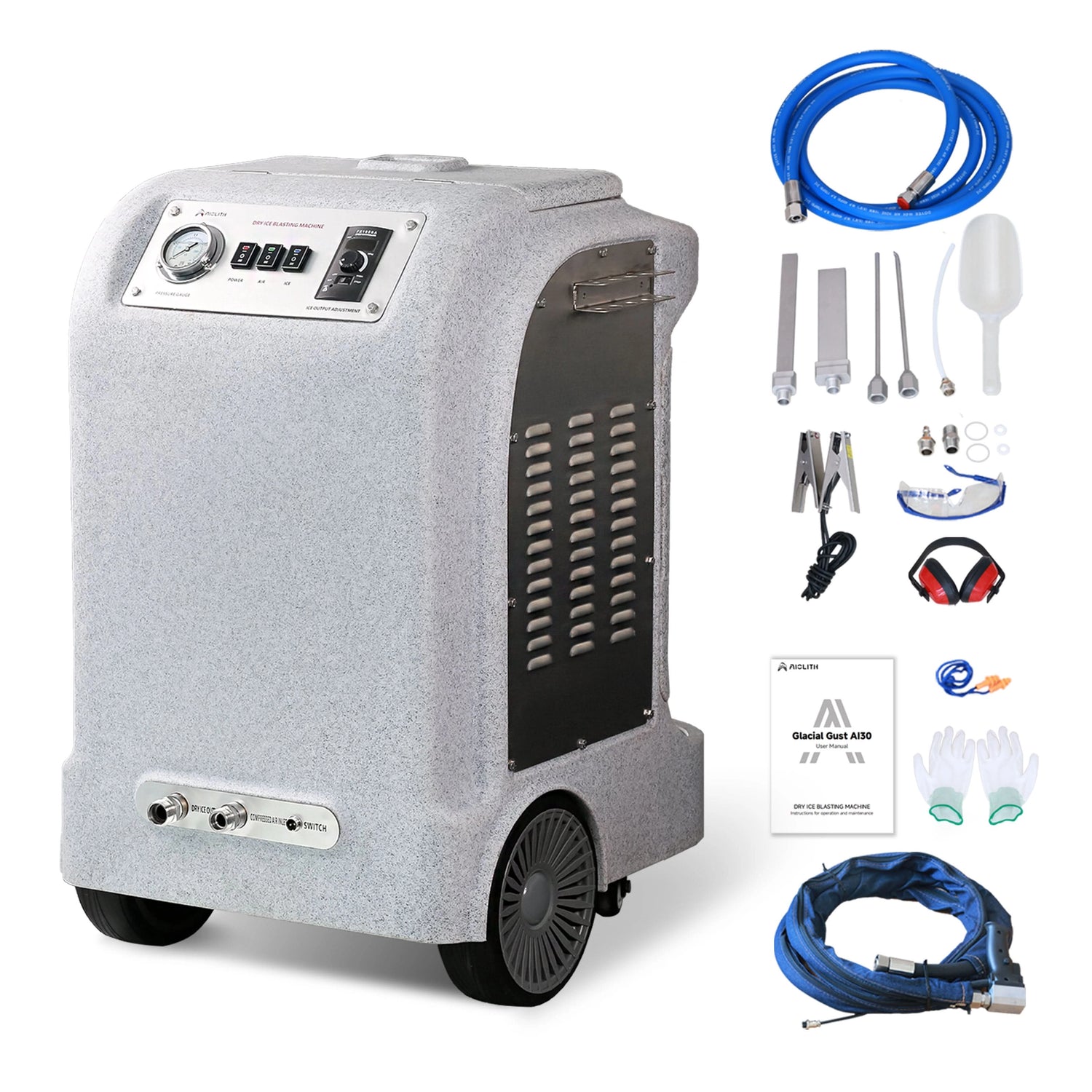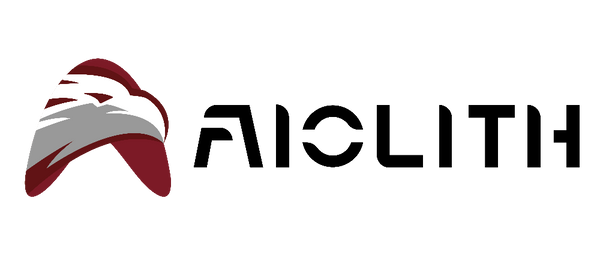5 Proven Methods to Dry Floors Efficiently After Commercial Floor Scrubbing
Share
After scrubbing, wet floors can be slippery, attract dirt, and increase bacterial growth.
Efficient drying is crucial in commercial spaces to ensure safety and maintain hygiene. Using a floor scrubber that includes integrated water recovery, such as AIOLITH floor scrubbers, can drastically reduce drying time and improve cleaning efficiency (source). Below, we explore 5 proven methods to dry floors effectively after scrubbing.

1. Use Floor Scrubbers with Squeegee Recovery Systems
Modern commercial floor scrubbers remove solution immediately with built-in squeegees. This reduces standing water and ensures faster drying. EPA (2021) highlights that separating clean and dirty water minimizes recontamination.
2. Increase Airflow in the Room
Open windows, doors, or use fans to increase ventilation. Faster air movement accelerates evaporation. Rutala & Weber (2019) note that proper airflow reduces microbial growth on damp surfaces.
3. Utilize Absorbent Drying Materials
Mats, microfiber cloths, or dry pads can assist in pulling residual moisture from floors. NHS (2021) recommends absorbent tools to prevent slips and improve overall floor hygiene.
4. Adjust Floor Scrubber Settings for Water Extraction
Many floor scrubbers allow adjustment of suction power or brush pressure. Maximizing water recovery during scrubbing reduces residual wetness. Clark (2021) reports that efficient machine settings directly correlate with shorter drying times.
5. Schedule Cleaning During Low-Traffic Periods
Cleaning when fewer people are present allows floors to dry undisturbed. CDC (2019) emphasizes that quick-drying surfaces lower the risk of slips and maintain sanitary conditions.
Comparison Table: Floor Drying Methods After Scrubbing
| Method | Effectiveness | Time Required |
|---|---|---|
| Squeegee recovery via scrubber | High | Immediate |
| Airflow/ventilation | Moderate | 15–30 minutes |
| Absorbent materials | Moderate to high | 10–20 minutes |
| Floor scrubber suction adjustment | High | Immediate to 5 minutes |
| Low-traffic scheduling | Moderate | Variable depending on usage |
FAQs
Q1: Can a floor scrubber completely dry floors?
Yes, commercial scrubbers with squeegees and suction can remove most water, significantly reducing drying time.
Q2: How long does it take for floors to dry after scrubbing?
Drying time varies by floor type and environment but is typically 5–30 minutes with a scrubber.
Q3: Are fans or air circulation necessary if using a floor scrubber?
Yes, airflow accelerates drying, especially in large or poorly ventilated areas (source).
Q4: Can absorbent mats replace a floor scrubber?
Mats assist drying but cannot replace the efficiency and deep cleaning provided by a floor scrubber.
Q5: Is drying important for hygiene?
Yes, wet floors attract dirt and bacteria; fast drying improves safety and sanitation (Kampf, 2018).
Conclusion
Drying floors efficiently after scrubbing is essential for safety, cleanliness, and operational efficiency. Using a commercial floor scrubber with integrated water recovery, increasing airflow, using absorbent materials, adjusting machine settings, and cleaning during low-traffic periods all contribute to faster, safer drying. Machines like AIOLITH floor scrubbers optimize both cleaning and drying, making them ideal for commercial applications (source).
References
- CDC. (2019). Cleaning and Disinfecting Your Facility. https://www.cdc.gov/hygiene/cleaning/index.html
- EPA. (2021). Cleaning vs. Disinfecting vs. Sanitizing. https://www.epa.gov/coronavirus/cleaning-and-disinfecting-your-home
- Rutala, W. A., & Weber, D. J. (2019). Best practices for disinfection of environmental surfaces. Am J Infect Control, 47, A96–A105. https://doi.org/10.1016/j.ajic.2019.01.014
- Kampf, G. (2018). Effect of frequent cleaning on microbial load. GMS Hygiene and Infection Control, 13. https://doi.org/10.3205/dgkh000307
- Clark, B. (2021). Longevity of deep cleaning practices. Journal of Public Health Research, 10(2). https://doi.org/10.4081/jphr.2021.2345
- NHS. (2021). Prevent germs from spreading. https://www.nhs.uk/live-well/healthy-body/how-to-prevent-germs-from-spreading/
- AIOLITH. Floor Scrubbers. https://www.aiolith.com/pages/floor-scrubbers

